As an Amazon Associate I earn from qualifying purchases.
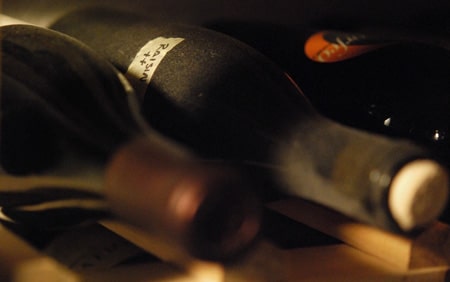
The older I get, the more I feel a need to know that what I did in the earlier years of my life was worth something. Nearly every day I wake up and think about how I can improve in the various endeavors I do, from cooking to writing to just being a decent human. I reflect on my failures and sometimes look back with bemusement, sometimes with regret.
I have made wine for many years. My first batch was mead made in college, and it was awful. I’d used baker’s yeast instead of proper wine yeast, and the cloudy, murky liquid that resulted tasted like bitter liquid honey bread. It was essentially prison hooch. Yech.
My first successful wine was also a honey wine, but it was made under the tutelage of my boss at the Horn of Africa, an Eritrean restaurant I worked at in Madison, Wisconsin years ago. Meselesh Ayele was a raisin of a woman, tiny, wrinkled, chain-smoking, foul-mouthed — but loyal to her employees. Meselesh made the Horn of Africa a gathering place for Madison’s African emigres, and there were a lot of them — all students or teachers at the university, where I was getting a master’s degree in African history at the time. Meselesh would bring out her tej, an Ethiopian honey wine, to special customers. It was illegal to sell, so she gave it as a gift.
Her tej was sweet, syrupy and brutally alcoholic. There was a bitter note to it from the leaves of some plant from Eritrea, where Meselesh was from. I’ve since learned it is a relative of buckthorn, which grows in North America. My tej lacked that herb, and the first time I made it the wine fermented almost dry. I liked it better than real tej, as it gave me less of a hangover.
Since then I’ve made many fruit wines and meads, including some stunners. I made a dandelion wine a decade ago that was so crispy, so dry and so floral I miss it to this day. It has a stronger hold on my memory than any store-bought white wine I’ve ever drunk. Years afterward, I held up this dandelion wine as my validation for “slumming” with fruit wines instead of the more noble grape wines I work with now.
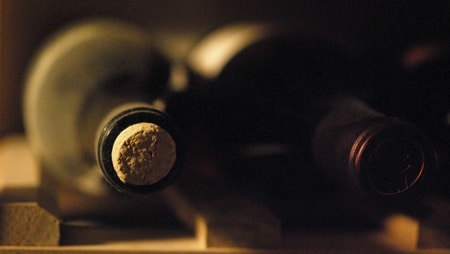
Only one relic of my past remains. It is the final bottle of a single-gallon batch of raisin wine I made in the summer of 2005. I had a cheap corker then, and could not jam the cork into the bottle far enough, so it stuck out the end like a mushroom. I made the wine itself in a plastic, five-gallon bucket, with a huge bag of Sunmaid raisins bought at Costco.
My bible of fruit winemaking for years had been Terry Garey’s The Joy of Home Wine Making. I liked that Terry seemed like a fearless, middle-aged hippie willing to make wine out of anything — even parsnips. I tried many of her recipes, and all worked. Her raisin wine recipe said that it ages well, and might be a little like a sherry.
I like sherry. A lot. So I held back the best bottle, the “++” indicating that this was the free-run wine from the bucket, not the sediment-laden wine I squeezed out of a big jelly bag. But for two winters now — raisin wine ought to be drunk in cold weather, in my opinion — I’d passed on it.
Maybe it would suck, I thought. And after all, I had plenty of real sherry on hand, and I was making good wines with real grapes now. My 2007 Sangiovese is an excellent wine even professional critics enjoy, my 2008 Touriga is aging into a big, floral fruit bomb, and I can only imagine what the full barrel of my 2009 Graciano will mature into. So this wan little bottle of raisin wine sat there, collecting dust.

I am trying to be more diligent and seasonal with my cooking, so a few days ago I hauled out the last two venison shanks from Holly’s deer and braised them Italian style, with mushrooms, balsamic vinegar, red wine, tomato paste and a little vincotto I got from Scott over at Sausage Debauchery. I served it over mashed parsnips. It was wonderful — and needed a particular wine to go with it. The raisin wine’s time had finally come. I dusted off the bottle and had a look.
It had oxidized and evaporated in the bottle over the years. The wine was down a full inch from where I’d filled it in 2005, leaving a dangerous amount of headspace. “Oh well,” I said to Holly. “It might be terrible.” I had backup plans in mind. Maybe a Mourvedre. Maybe a Petit Verdot.
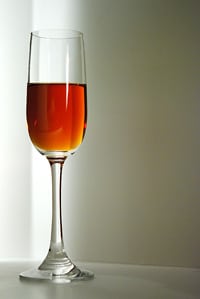
I opened the bottle. No funky aroma, which was a good sign. Then I poured some out into a wine glass. It was a beautiful amber, and crystal clear. No sediment at all. I swirled the glass, and a heady floral smell hit my nose. No alcohol blast, just an aroma a little like gardenias. I noticed the “legs” of wine flowing down the glass: They were thick and slow. This wine had some punch.
That’s when I remembered Garey’s recipe called for extra sugar, which is unusual with grape wines. It jacked the alcohol content up to probably near 18 percent, which also preserved it from that extra air.
Finally we tasted it. I swear to God if you blindfolded me I would not be able to tell it apart from a decent Amontillado. Smooth, a little caramel, but with a bright acidity I did not expect in a wine that looked like maple syrup. It is, for all intents and purposes, a fine sherry. Made from Costco raisins. In a plastic bucket.
When I sip this wine I get the same feeling that comes over me when I stumble upon something I wrote a decade ago or more, read it and still think it holds up. This does not happen often; mostly I cringe. But when it does happen, I feel a sense of relief. Maybe I didn’t suck all those years ago.
I suspect this feeling is universal. We all want to improve, and most of us do over time. In the end, we are the sum of our choices. But it is comforting to know that not all of those past choices need be dead ends and failures to validate who we are now. This little bottle of raisin wine is one small example of that. I will be sad to see it go.

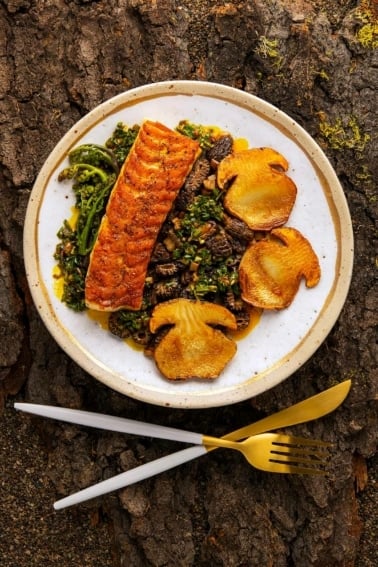
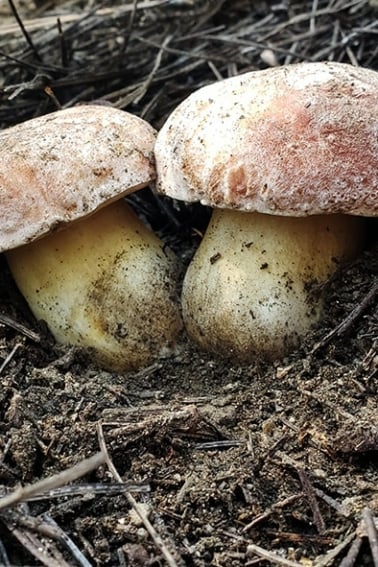
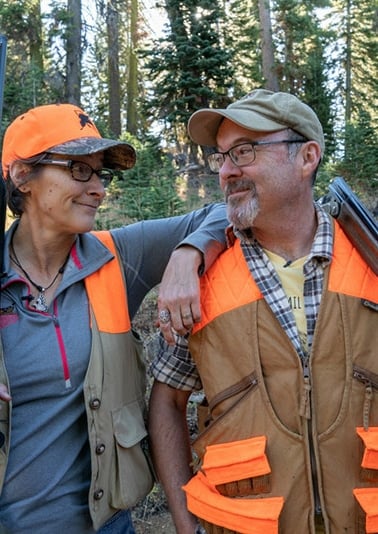
Sounds awesome.
Recipe please!
And thank you.
I am a fan and am intrigued by the raisin wine. Will you share your recipe?
Many thanks. I love the way you write.
Great tips. We often go to France and one of the greatest pleasures is to go to a wine tasting held by one of the smaller vineyards. We travel in a camper van and sometimes the wine makers bring their wares directly to the camp sites. Needless to say we always end up buying way more than we intended!
Glad you found my book useful
Hey yeah great blog! I actually have some strawberry wine that I boosted with raisins going right now lol
Wow! Great information, Sherry is by far my favorite
I agree, beautiful post. I stumbled onto your site a couple months ago and have been trying to get up the gall to write and say what a fan I’ve become. I’m intrigued with that dandelion wine, too. You wouldn’t happen to have a recipe lying around, would you?
Great read 🙂 Used to do a little winemaking myself (and beer for that matter) and worked at a supply shop for a bit, but that’s long past. Your tale reminds me of a mead that I convinced my grandparents to uncork one christmas–it had been a gift from a brother’s grandson years and years ago, and at the time the product that was opened immediately (there was strawberry, concord grape and so forth) had a really lukewarm reception. 10 years of aging in a marginally corked bottle had transformed this into a very interesting sherrylike creature though, and it was a bit sad to realize that there probably just wasn’t anymore, the rest was long drunk or thrown out.
Rick: Yep, that is exactly what you do.
To clarify, I will rack, then add the cubes to fill in the space that was left from not taking the bottom inch or so of the wine due to the debris, so basically instead of “topping off” with water?
Stephen: Yep,. you can make a wine from dates, and it’d be similar, too: Amber and strong. I bet it would need long aging to be truly great, though…
Arugulove: Glad to hear it! Raisins can be bought any time of year, too, so you’re in luck if you want to give it a go.
Thanks, Buzzie! Sadly it’s all gone now. But you will be sure to get some of my 2007 Sangiovese, which is a great wine in its own right.
Crystal: So happy to hear that reading this space has helped lead you to foraging. I am on the mend — thank you! — and hope to be free of casts and boots soon. A little strengthening and I should be back in action by the end of March.
Rick: Isn’t Terry’s book great? A little wacky, but hell, her wine recipes *work.* My tips are:
— Keep things clean, so you don’t get weird “off” flavors.
— Use real wine yeast, not baker’s yeast
— Don’t skimp on fruit! Use as much if not a little more than what Terry suggests. You will have a bigger wine then.
— Let this blackberry wine ferment DRY. Do not jack it with sugar afterwards. You want a fascimile of red wine.
— Rack the carboy several times to clear the wine.
— Buy oak cubes and put them in after you rack — it’ll occupy the space from the falling debris. Start with about 15-20 cubes per gallon. French oak. Medium toast.
— Be patient. Good fruit wines need as long as good grape wines. Do not be tempted to bottle until at least 9 months.
— ALWAYS save a few bottles for several years down the road. You will thank me later.
I have been thinking about it and thinking about it, and finally, after reading this inspired post, I bought Terry Garey’s book. After reading cover to cover in about a day I was utterly and completely inspired to try making my own wine, immediately. I went out and bought the stuff to get started and have my first batch of Blackberry wine on the counter awaiting yeast at 3:00pm today. Any tips for us just getting starteders? Is it ANYTHING like grape wine? I have only ever had Chaucer’s fruit wine and I am hoping this is nothing like that…
Hank,
Kudos on both the wine and the incredible prose.
I read religiously via RSS but never comment, though you’ve influenced my life in small ways (mushroom foraging, an intense desire to pick and prepare my own olives).
I hope you bounce back easily from your tendon repair and I hope that whatever you’ve been percolating during your recuperating is fruitful. Given this post, I’m guessing that it will be.
Health and best wishes to you,
Crystal
I don’t think there’s a person reading this that doesn’t want a glass of that beautiful sherry/wine!
You write so beautifully this is always an entertaining blog to read.
I love your blog. Just stumbled on it and it’s fantastic. I’m a sherry addict and my husband has been wanting to try his hand at winemaking, so I’m totally intrigued by this post.